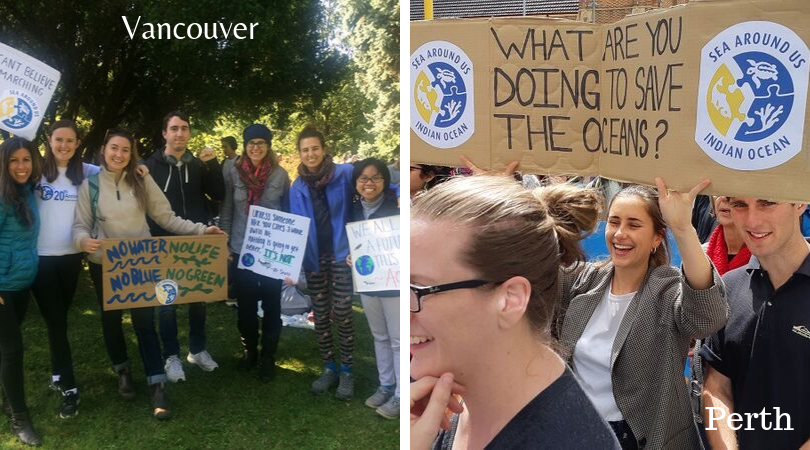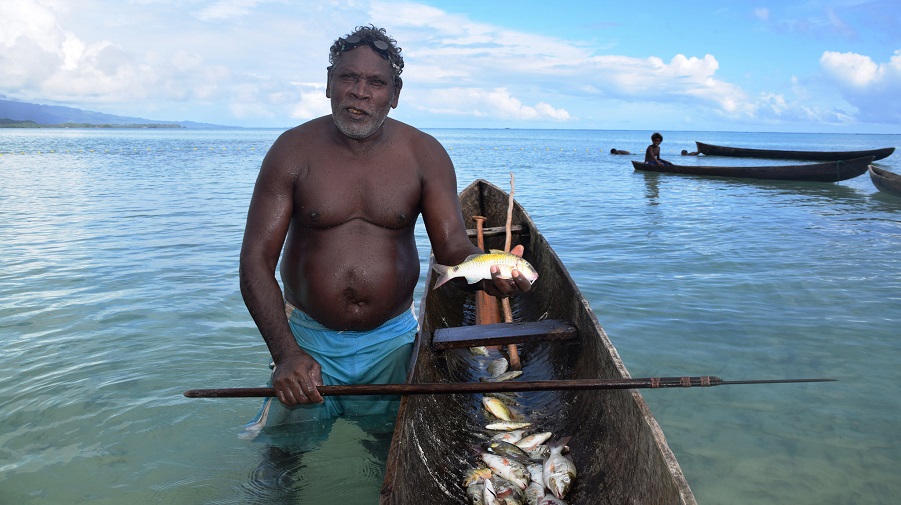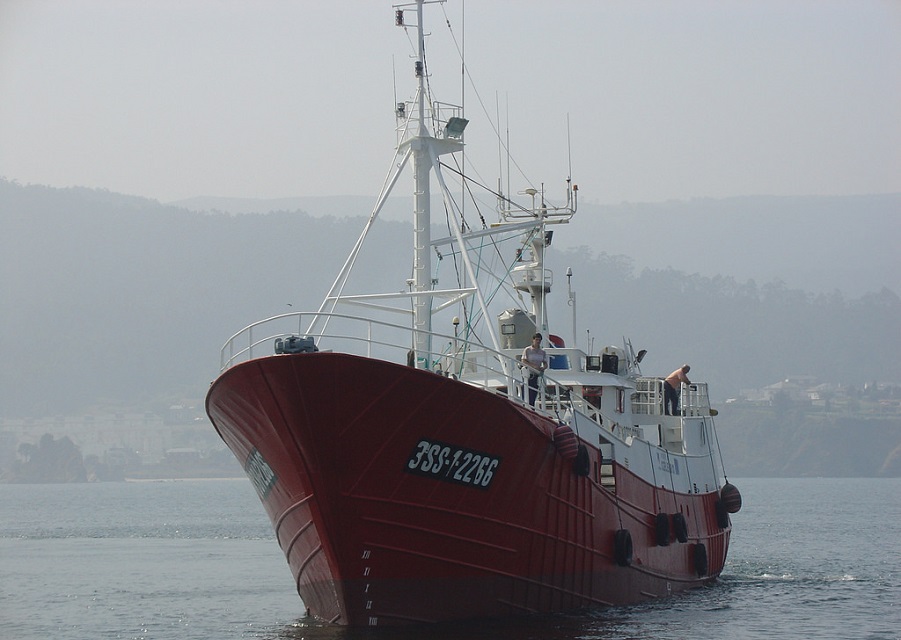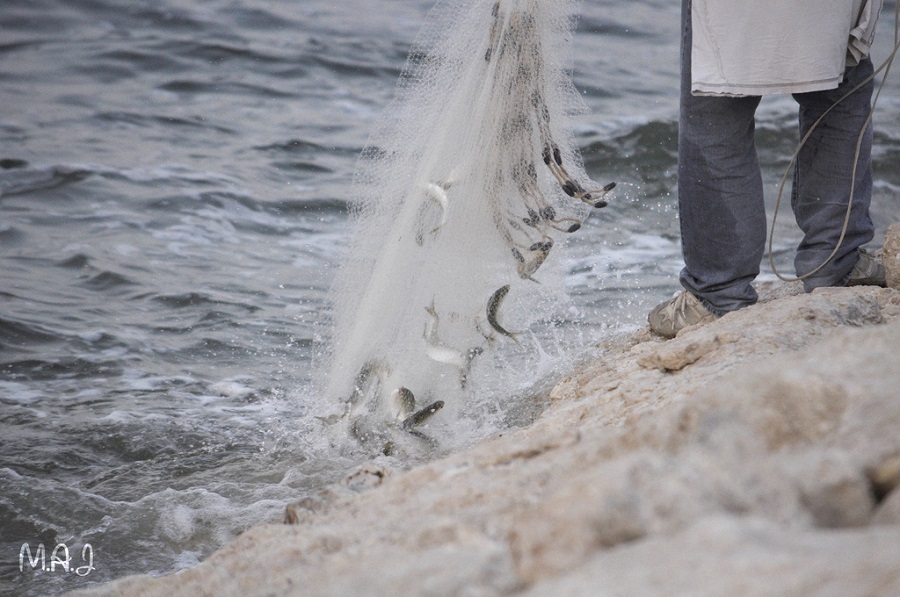During the week of 20-27 September 2019, environmentalists across the world organized a series of events that were held under the umbrella of the Global Climate Strike.
Tag: climate change
The importance of coastal fisheries
The Sea Around Us’ Deng Palomares and Daniel Pauly have just added a new item to their long list of publications: a chapter in Elsevier’s book Coast and Estuaries: The Future.
In their contribution, titled “Coastal fisheries: the past, present and possible futures,” Palomares and Pauly highlight the importance of coastal fisheries by pointing out that they made up 55 per cent of global marine fisheries catch from 2010 to 2014.
Carbon dioxide emissions from global fisheries larger than previously thought
Carbon dioxide emissions from the fuel burnt by fishing boats are 30 per cent higher than previously reported, researchers with the Sea Around Us initiative at the University of British Columbia and the Sea Around Us – Indian Ocean at the University of Western Australia have found.
In a study published in Marine Policy, the scientists show that 207 million tonnes of CO2 were released into the atmosphere by marine fishing vessels only in 2016. This is almost the same amount of CO2 emitted by 51 coal-fired power plants in the same timeframe.
Most female fish grow bigger than the males: deal with it!
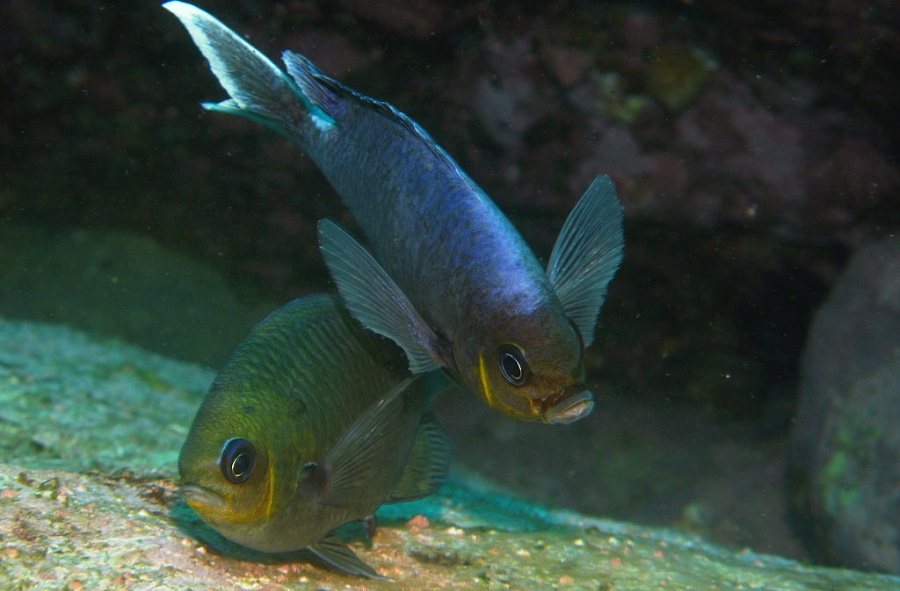
A pair of One-spot Pullers (Chromis hypsilepis) preparing to spawn. Home Bommie, Ulladulla, NSW. Photo by Richard Ling, Flickr, CC BY-NC-ND 2.0.
In over 80 per cent of fish species, the females, including those known as ‘big old fecund females,’ or BOFFS, grow bigger than the males. This long-established fact is difficult to explain with the conventional view of fish spawning being a drain on the ‘energy’ available for growth. If this view were correct, females, which are defined by their larger reproductive effort, would always remain smaller than males.
Climate change to cause dramatic drop in Persian Gulf biodiversity and fisheries catch potential
The Persian Gulf may lose up to 12 per cent of its marine biodiversity in some areas before the end of the century if countries in the region do not take measures to address climate change.
According to scientists at the University of British Columbia and the University of Western Australia, a business-as-usual climate scenario will severely affect species richness off the coast of Saudi Arabia, Bahrain, Qatar and the United Arab Emirates (UAE) by the end of the century.


